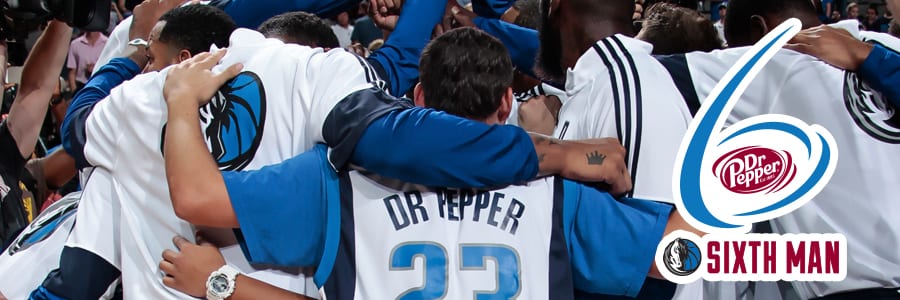by Darryl Lehnus – June 2017 Kicking off the S3 StubHub Ticket Campaign Competition Learning best practices is one of the most valuable elements of the meetings, conventions, and seminars we all attend. To that end, with partnered with StubHub to launch the annual S3 StubHub Ticket Campaign Competition at the 2017 S3 Board Meetings…Continue Reading Best Ticket Campaign Ideas
Best Ticket Campaign Ideas







